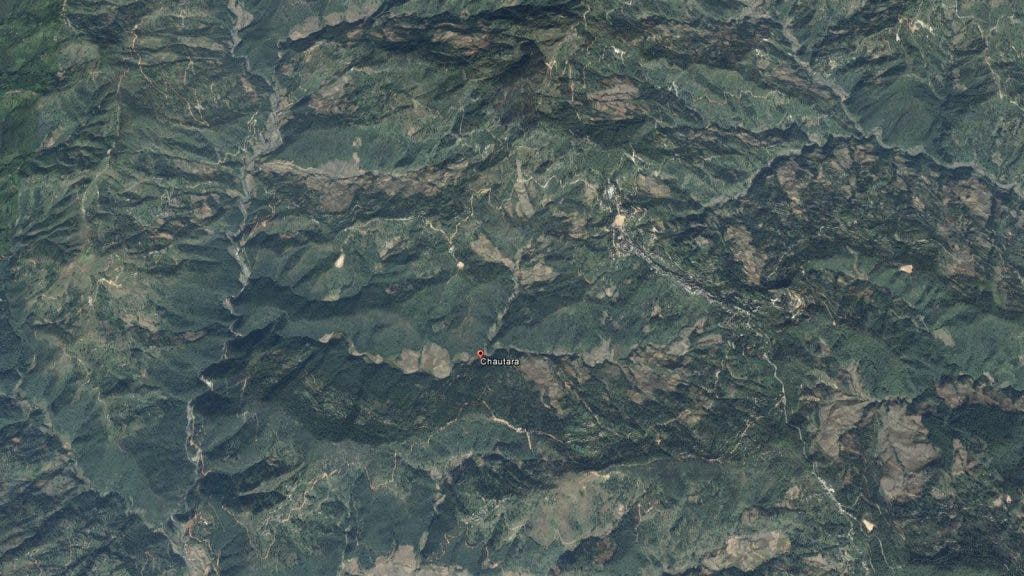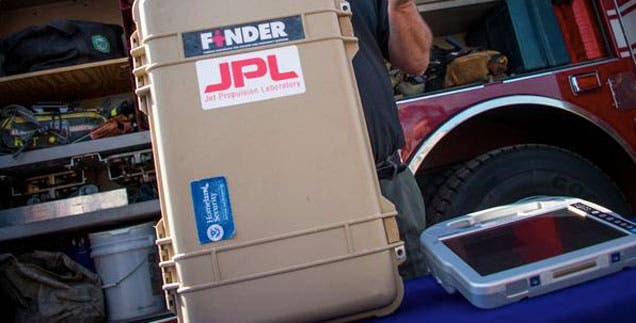A few years ago, NASA unveiled one of the most interesting technologies I’ve seen recently – a portable radar unit based on technology used to detect alien life on other planets. Now, the first time this technology has been used in the field, it managed to find 4 people buried under meters of rubble, by detecting their heartbeat.

The device called FINDER (Finding Individuals for Disaster and Emergency Response) uses microwave-radar technology to detect heartbeats of victims trapped in wreckage. The technology had been successfully tested previously, but it’s the first time it was actually deployed on the field in Nepal – and it saved lives.
“The true test of any technology is how well it works in a real-life operational setting,” said DHS Under Secretary for Science and Technology Dr. Reginald Brothers. “Of course, no one wants disasters to occur, but tools like this are designed to help when our worst nightmares do happen. I am proud that we were able to provide the tools to help rescue these four men.”
The men had been trapped under rubble for several days, in the village of Chautara, hard hit by the earthquake, and there’s no telling what would have happened without NASA’s tech. In tests, FINDER was able to detect people buried under up to 30 feet of rubble, hidden behind 20 feet of solid concrete, and from a distant of 100 feet in open spaces. A new “locator” feature has since been added to detect heartbeats and more accurately identify positions.
While I’m seriously excited about the potential of this technology, I’m also a bit worried. Considering NSA’s recent surge of privacy violations, it seems that there’s a lot of room for misuse here. But for now, we have reasons to be happy.
Source: NASA.







